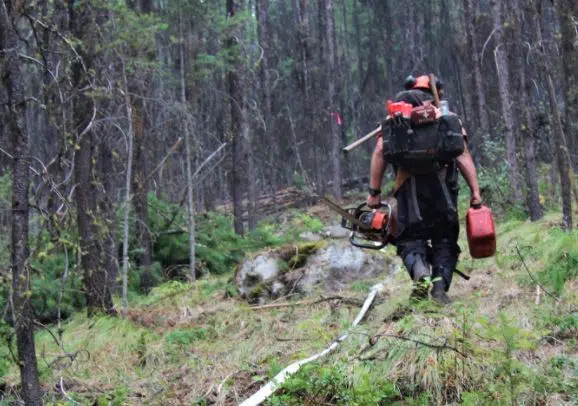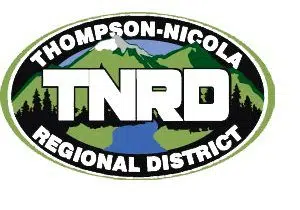
The B.C. Wildfire Service says if current trends continue, the southern part of the province can expect an above average fire season this year.
While rainfall amounts and temperatures were near normal across the northern half of British Columbia in May, it was significantly drier than average throughout the south.
Fire Information Officer, Madison Smith told NL News that Kelowna, Vernon, and Kamloops are of particular concern with the trio of communities getting less than 20 per cent of their normal rainfall this past spring. It was the driest spring on record in Kelowna and Vernon, while Kamloops recorded its driest spring in 120 years.
“Despite the dry conditions in the south, the amount and average size of wildfires have been relatively low when compared to historical data,” Smith said. “This reduced fire size is likely due to seasonal ‘green up’ of grass and other fuels.”
As of June 7, there have been 288 wildfires in the province that has burned about 2,183 hectares, slightly above average in terms of numbers of fires but below average in terms of area burned. More than 90 per cent of wildfires this season are believed to be human caused.
In the Kamloops Fire Centre however, there have been 89 wildfires this year that has burned 1,719 hectares. That, Smith says, is above the average.
“While current suppression tactics are successfully holding most wildfires in B.C. to small sizes, we can expect these tactics to be challenged and fire size to increase if current weather trends continue,” added Smith.
Last year, there were 670 fires in B.C. that burned 14,536 hectares – the lowest in terms of total fires and total hectares burned since 2011.
Just like Environment Canada, Smith says rainfall in the next three weeks will be crucial if the province is to avoid a devastating wildfire season though the latest outlook from the BC Wildfire Service offers little optimism.
“The latest monthly forecasts for June indicate a fair likelihood of warmer and dryer than normal conditions persisting across southern B.C.,” Smith said. “If the current weather trends continue, we can expect both the frequency and size of fires to increase as grass and other fine fuels start to ‘cure’ or dry out.”
“The low amounts of precipitation we have seen so far this spring, I think, is what’s causing us to take the look at things. As we move more into July, the probability of lightning caused fires also increases.”
Currently, the Okanagan, the Cariboo, the far southeast of B.C., and the eastern side of the Rocky Mountains have some of the highest fire hazard.
The fire danger rating for much of B.C. has dropped slightly because of cooler, rainy weather over the past few days, but it is expected to climb as temperatures increase.
The #BCWildfire Predictive Services Team has put together a seasonal outlook for the month of June. To date, many regions in B.C. have received significantly less precipitation than normal. pic.twitter.com/K7ZU5GG2lc
— BC Wildfire Service (@BCGovFireInfo) June 7, 2021














